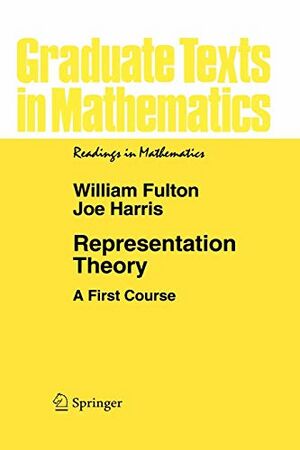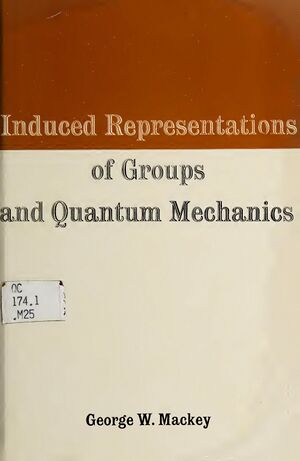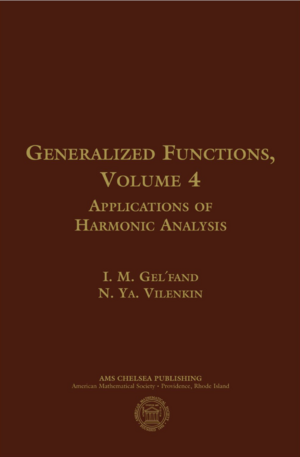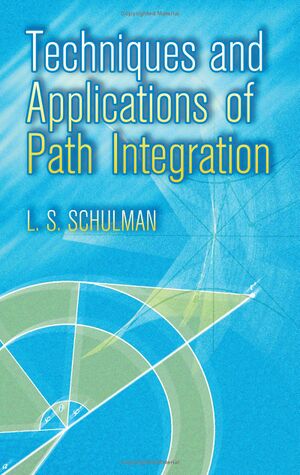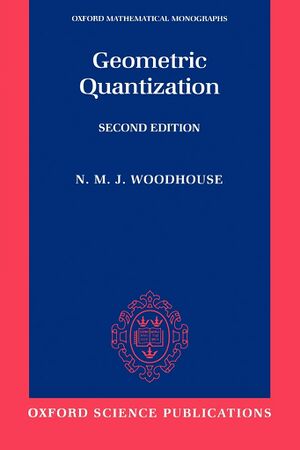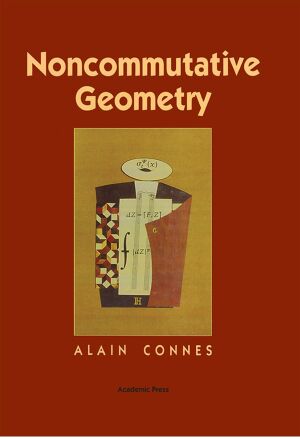Quantum Mechanics (Book)
| Quantum Mechanics | |
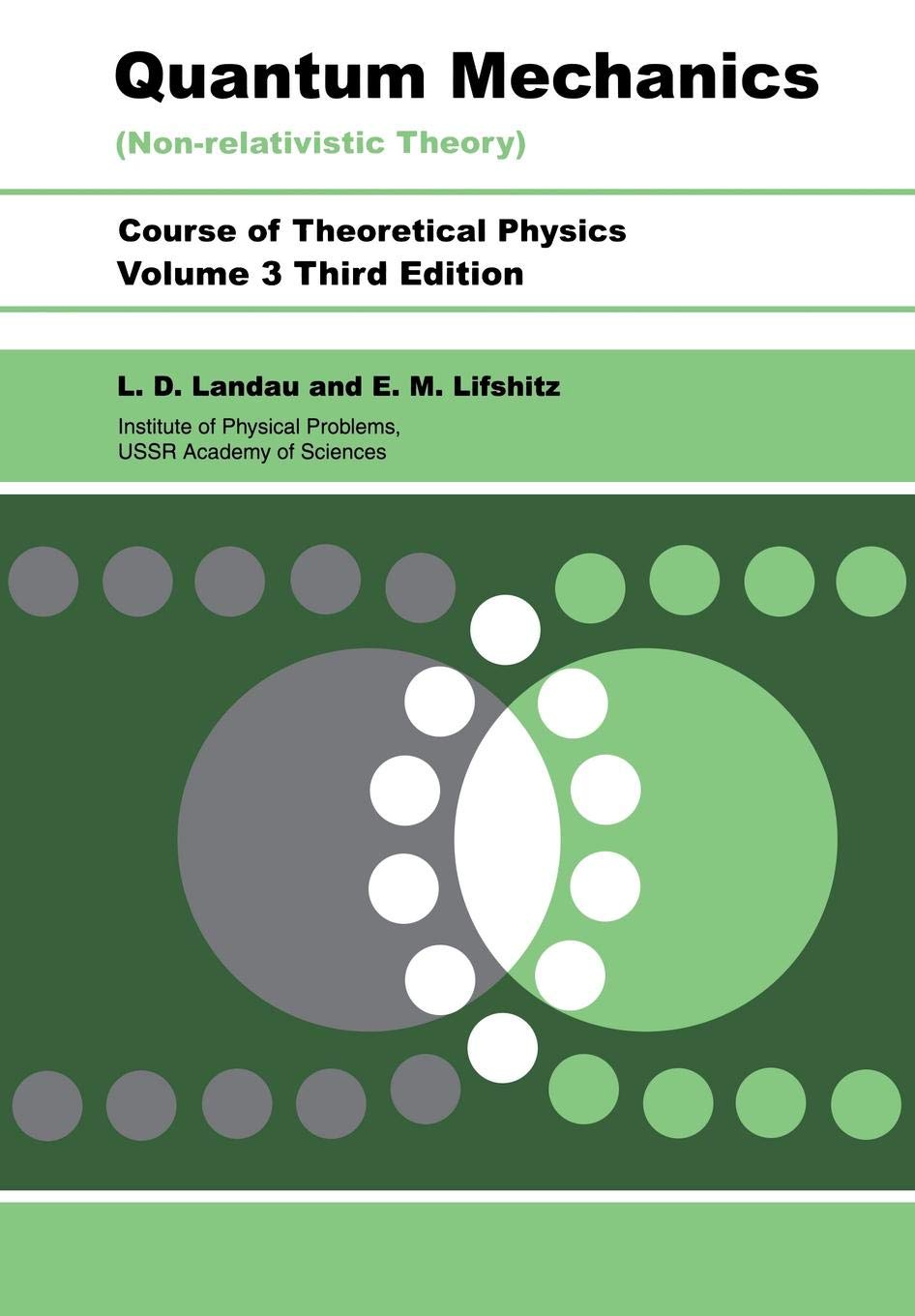
| |
| Information | |
|---|---|
| Author | Lev Landau |
| Language | English |
| Series | Course of Theoretical Physics |
| Publisher | Butterworth Heinemann |
| Publication Date | 1977 |
| Pages | 677 |
| ISBN-13 | 978-0-7506-3539-8 |
Quantum Mechanics is mathematically simple compared to the previous two foundations of physics - classical mechanics and fields. It is linear, so no complicated manifolds like in mechanics or relativity. This is deceptive, but is a helpful crutch when first learning the subject. The true nature of quantum mechanics is geometric: the projective geometry of Hilbert space, geometric quantization from classical/symplectic geometry to quantum phase spaces, the moment map in symplectic geometry gives the map to the convex space of probability distributions, the bundles and connections appearing in the quantum Hall effect, and finally it is also a task to precisely interpret generalized functions, spectra of self-adjoint operators on function spaces, (projective) unitary group representations, and kernels/matrices of these general operators.
After accumulating enough experimental evidence, mathematical methods began to form for Quantum Mechanics when Heisenberg re-invented matrices and matrix multiplication: utilizing infinite matrices to keep track of probabilities of measurements, transition frequencies, successive measurements. A more natural starting point was realized later, by Schrodinger and fully expanded upon by Von Neumann, to encode the state as a complex-valued function Ψ(x,y,z) e.g. of the spatial coordinates. The bases determining the components of Heisenberg's infinite matrices then became countable collections of such functions, and in this function-state-space framework, the matrices were upgraded to operators that could also have a continuous rather than just a discrete/countable spectrum. So far, this is just the extension of complex linear algebra to infinite dimensions. However, there is the added restriction on the observable quantity's operators for their spectrum to be real. This comes from self-adjointness, which allows us to easily choose bases in which the operator is diagonalized. Now, the objects have physical interpretations:
- vectors [math]\displaystyle{ \rightarrow }[/math] states
- self-adjoint operators [math]\displaystyle{ \rightarrow }[/math] observable quantities
- eigenvalues of self-adjoint operators [math]\displaystyle{ \rightarrow }[/math] possible measured values of the observable
- eigenvectors of self-adjoint operators [math]\displaystyle{ \rightarrow }[/math] states with a definite value of the observable
- Hermitian inner-product of a general vector with an eigenvector [math]\displaystyle{ \rightarrow }[/math] the real magnitude resulting complex value gives the probability/weight of the state's value of the observable being the associated eigenvalue
These details are recalled compactly in the first two chapters of Landau's book. Restating them here, we give connections to the underlying mathematics. Choosing a particular observable [math]\displaystyle{ H }[/math] to be the energy determines the time evolution of the system, just as in classical Hamiltonian mechanics. In quantum mechanics, this is realized as Schrodinger's equation, but mathematically it is just the property that its operator exponential [math]\displaystyle{ e^{-itH} }[/math] is unitary thus preserving the inner-product/unit sphere of the function/Hilbert space.
Applications
Induced Representations of Groups and Quantum Mechanics
Induced Representations of Groups and Quantum Mechanics by George Mackey.
Generalized Functions: Applications of Harmonic Analysis
Generalized Functions: Applications of Harmonic Analysis by Israel Gelfand and Naum Vilenkin.
Techniques and Applications of Path Integration
Techniques and Applications of Path Integration by Lawrence S. Schulman.



